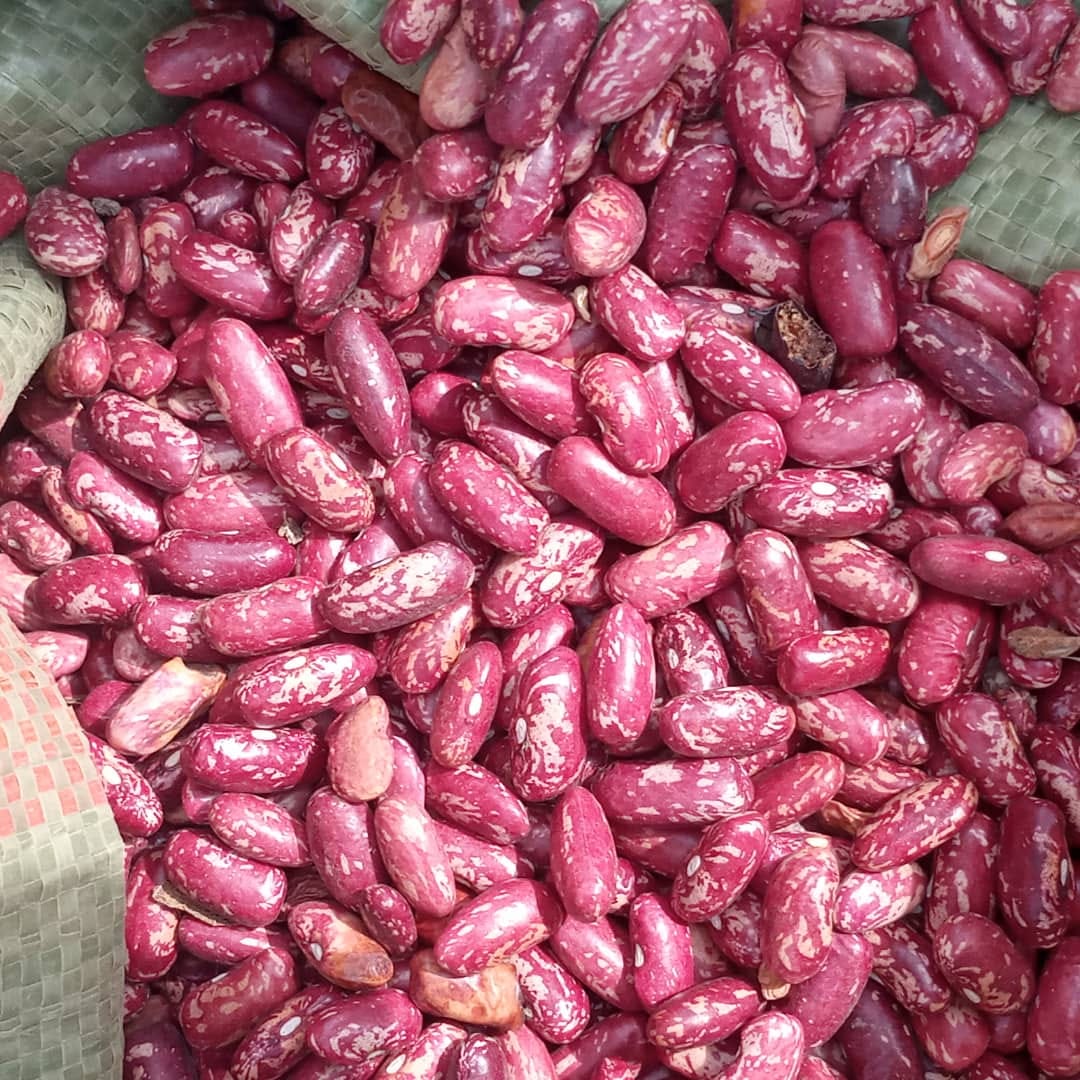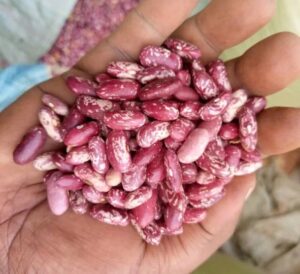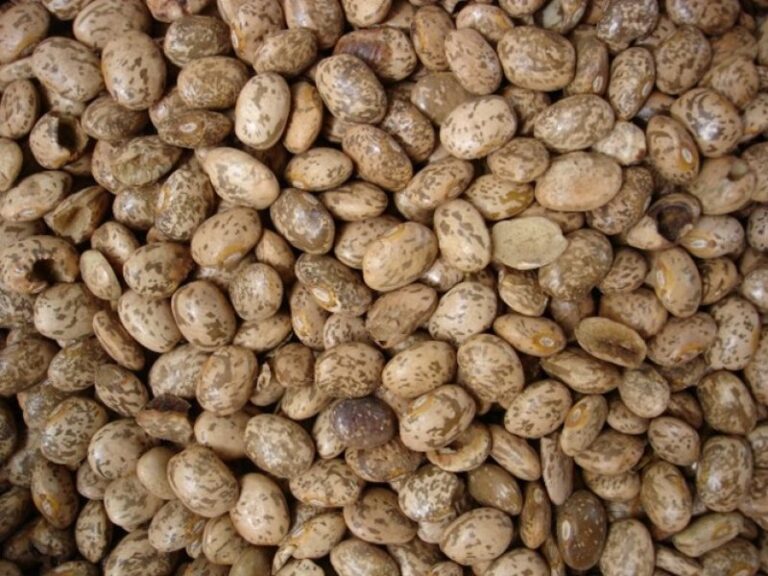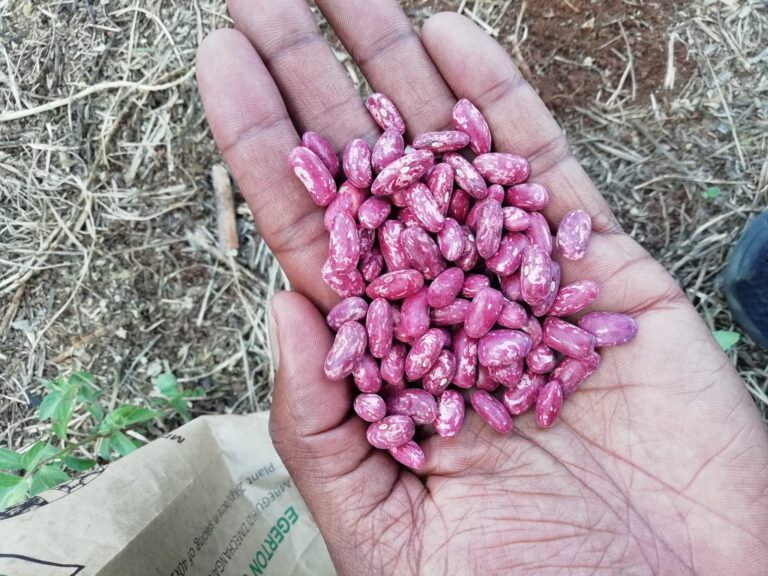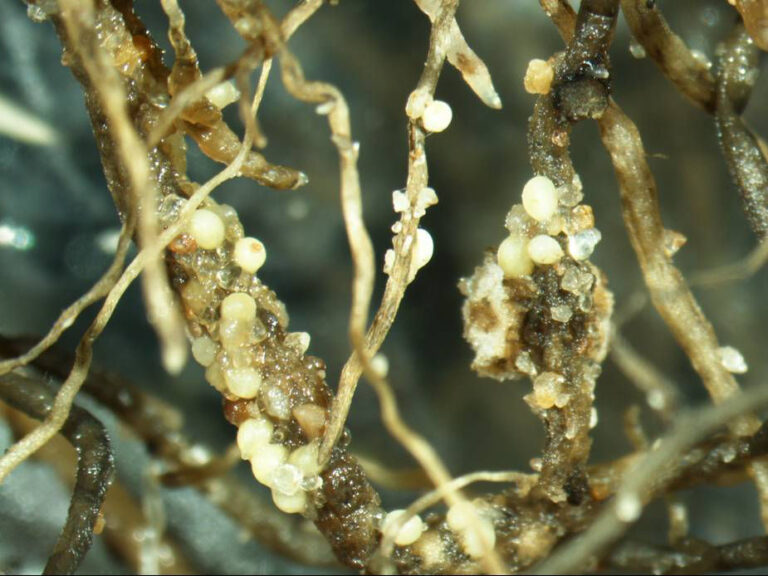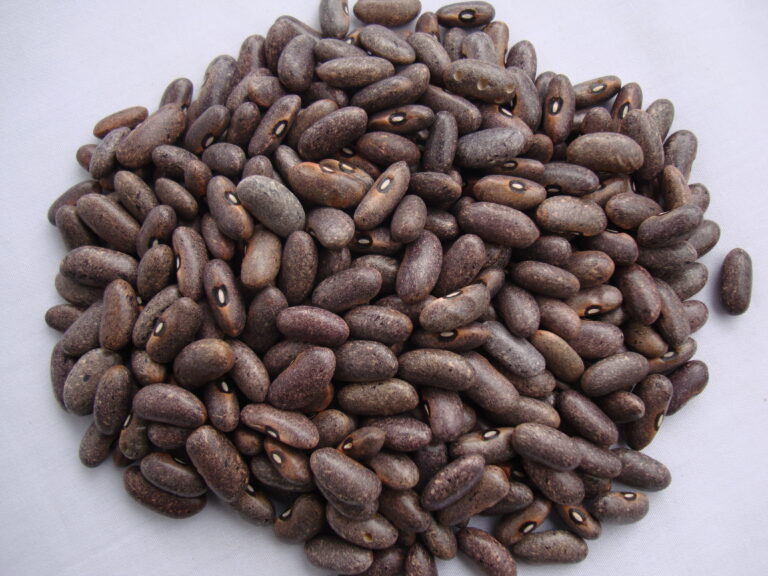Rose Coco Beans Yield Per Acre
On average, farmers can expect to harvest between 630kg to 900 kg (7 to 10 bags of 90kgs) of Rose Coco beans per acre under good agricultural practices.
The yield of Rose Coco beans per acre in Kenya can vary based on several factors, including agro-ecological conditions, farming practices, and management techniques.
However, most farmers have recorded Rosecoco beans yield per acre to be 7 bags on a minimum harvest and 10 bags maximum per acre. The harvest can be approximated to 630-900 kgs per acre.
Achieving higher yields often depends on factors such as:
- Seed Selection: Choosing certified seed and varieties adapted to local conditions can significantly impact yield outcomes.
- Soil and Climate: Favorable soil fertility, adequate moisture levels, and appropriate climatic conditions (temperature and rainfall) are crucial for optimizing bean production.
- Crop Management: Proper land preparation, timely planting, effective weed control, pest and disease management, and appropriate fertilizer application all contribute to maximizing yield potential.
- Post-Harvest Handling: Ensuring proper drying and storage conditions after harvest can help preserve bean quality and minimize losses.
Rose Coco Beans Price Kenya
On average, Rose Coco beans are priced at approximately Ksh 120 to Ksh 160 per kilogram (about USD 1.10 to USD 1.46) in local markets. Prices may fluctuate throughout the year depending on harvest cycles, weather conditions affecting supply, and consumer demand trends.
Purchasing Rose Coco Bean Seeds; Rose Coco beans seeds can be purchased from outlets like COPIA KENYA, Simlaw Seeds, Kenya Seed Company Ltd, and Dalima Foods
How Profitable is Rose Coco Beans Farming?
Rosecoco beans are highly profitable in Kenya, with a farmer able to earn profits of about KSh 55,100 per acre harvest. It is a vigorous bean variety that is tolerant to common bean diseases like mosaic virus and anthracnose.
Rosecoco beans can yield 7 to 10 bags (90kg each) per acre on average. This translates to a yield of 630-900 kg per acre.
- Demand and Pricing: The price of Rose Coco beans in Kenya can vary from around KSh 7,000 to KSh 9,900 per 90kg bag, depending on the region and vendor.
- There is a high demand for Rose Coco beans in Kenya due to their popularity as a staple food.
- Low Input Costs: Bean farming, including Rose Coco, is considered a relatively low-input crop in Kenya.
- Short Maturity Period: Rose Coco beans mature in 3 months, allowing for multiple harvests within a year.
The combination of high yields, strong demand, and relatively low input costs make it an attractive crop choice. With proper management and access to quality seeds, farmers can maximize their returns and generate substantial income from Rose Coco beans farming.
Rose Coco Beans Images
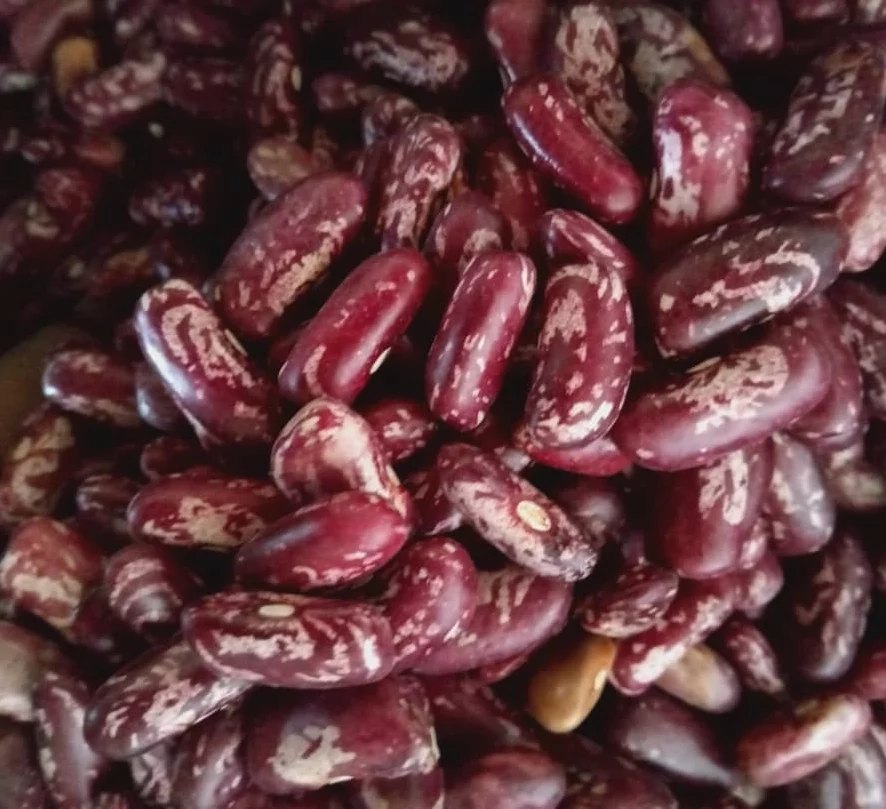

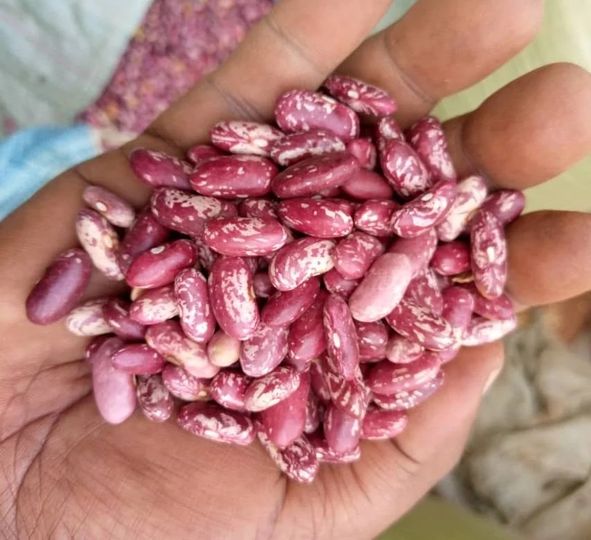

Rose Coco Beans Cultivation Practices
Climate and Soil Requirements:
Rose Coco beans thrive in regions with well-distributed rainfall ranging from 600 to 1,200 mm annually. They grow best in loamy soils with good drainage and a pH range of 5.5 to 7.0. While they can tolerate a variety of soil types, proper soil preparation with organic matter incorporation enhances fertility and improves yield potential.
Seed Selection and Planting:
- Seed Selection: Choose certified seeds from reputable suppliers to ensure quality and genetic purity. Seeds should be free from pests and diseases.
- Planting Time: Rose Coco beans are typically planted at the onset of the rainy season. In Kenya, planting seasons vary by region, but generally, beans are planted from March to June and October to November.
Planting and Spacing:
- Spacing: Plant seeds in rows that are 40-45 cm apart, with a spacing of 15-20 cm between seeds. Planting depth should be approximately 3-5 cm.
- Fertilization: Conduct soil tests to determine nutrient deficiencies. Apply fertilizers such as diammonium phosphate (DAP) or farmyard manure to meet crop nutrient requirements.
Crop Management:
- Weed Control: Keep the bean field free from weeds, especially during the early stages of growth. Manual weeding or herbicide application can be employed based on farm size and labor availability.
- Pest and Disease Management: Monitor for common pests like aphids and diseases such as angular leaf spot. Use integrated pest management (IPM) strategies to minimize chemical use and preserve natural predators.
- Irrigation: While Rose Coco beans are mainly rainfed, supplemental irrigation during dry spells can improve yields, especially in areas prone to erratic rainfall patterns.
Harvesting and Post-Harvest Management
- Harvesting: Beans are typically ready for harvest within 70-90 days after planting, depending on local conditions and variety. Harvest when pods are fully mature and dry. Carefully hand-pick pods to avoid damage to the plant.
- Post-Harvest Handling: After harvest, dry beans thoroughly to reduce moisture content to safe storage levels (below 12%). Properly dried beans should be stored in clean, dry containers in a cool, well-ventilated area to prevent mold and insect infestation.
Benefits of Rose Coco Beans Farming
- Nutritional Value: Rose Coco beans are rich in protein, fiber, vitamins (B complex), and minerals (iron, zinc), contributing to a balanced diet and improved nutrition.
- Income Generation: Commercial cultivation of Rose Coco beans offers farmers a reliable income source, especially when integrated with other crops or livestock farming.
- Soil Improvement: As leguminous plants, Rose Coco beans fix nitrogen in the soil, enhancing soil fertility and reducing the need for synthetic fertilizers in crop rotations.
Challenges in Rose Coco Beans Farming
- Pests and Diseases: Bean pests such as bean fly and diseases like rust and bacterial blight can affect yield if not managed effectively.
- Climate Variability: Erratic weather patterns, including drought and excessive rainfall, pose risks to bean production and yield stability.
- Market Access: Access to reliable markets and fair prices for Rose Coco beans can be challenging, particularly for small-scale farmers.
